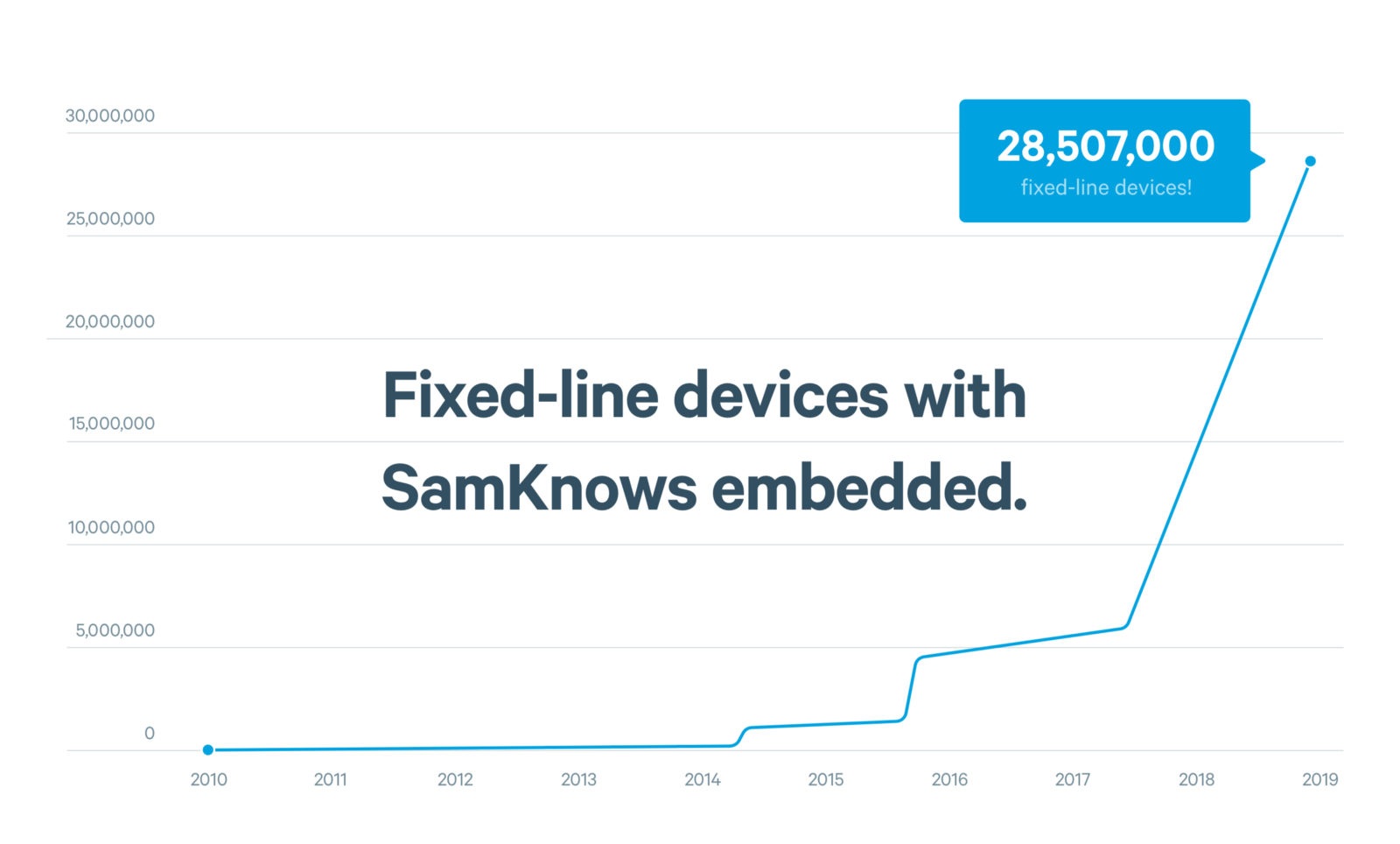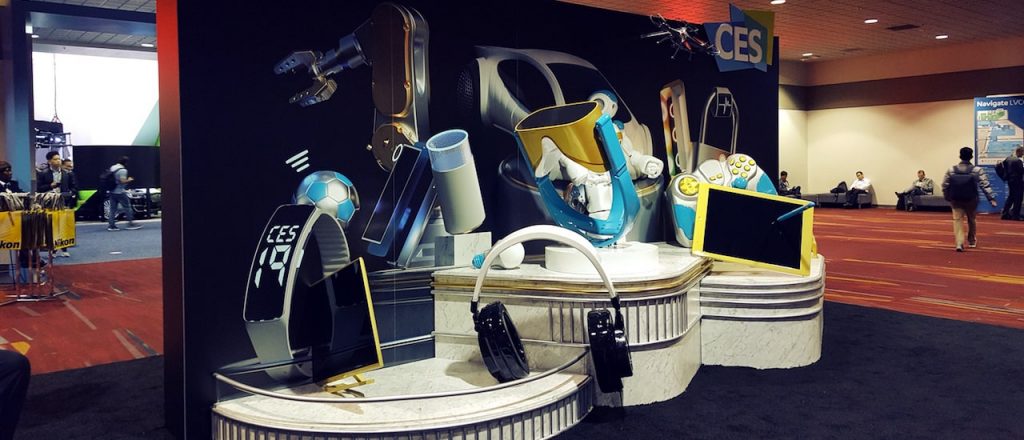SUSE releases enterprise Linux for all major ARM processors
SUSE has released its enterprise Linux distribution, SUSE Linux Enterprise Server (SLES), for all major ARM server processors. It also announced the general availability of SUSE Manager Lifecycle.SUSE is on par with the other major enterprise Linux distributions — Red Hat and Ubuntu — in the x86 space, but it has lagged in its ARM support. It’s not like SLES for ARM is only now coming to market for the first time, either. It has been available for several years, but on a limited basis. [ Two-Minute Linux Tips: Learn how to master a host of Linux commands in these 2-minute video tutorials ] "Previously, SUSE subscriptions for the ARM hardware platforms were only available to SUSE Partners due to the relative immaturity of the ARM server platform," Jay Kruemcke, a senior product manager at SUSE, wrote in a blog post announcing the availability.To read this article in full, please click here
 SDxCentral Weekly Wrap for January 18, 2019: Vodafone and IBM launch a multi-cloud joint venture, and AWS buys TSO Logic to help customers decide where to best run workloads.
SDxCentral Weekly Wrap for January 18, 2019: Vodafone and IBM launch a multi-cloud joint venture, and AWS buys TSO Logic to help customers decide where to best run workloads. Former Ericsson executive Ulf Ewaldsson is joining T-Mobile US’ network operations where he will serve under current T-Mobile CTO Neville Ray. A former colleague at Ericsson is also on the move.
Former Ericsson executive Ulf Ewaldsson is joining T-Mobile US’ network operations where he will serve under current T-Mobile CTO Neville Ray. A former colleague at Ericsson is also on the move. This isn’t Microsoft’s first bounty program. Its largest reward offers up to $250,000 for finding critical flaws in its Hyper-V hypervisor.
This isn’t Microsoft’s first bounty program. Its largest reward offers up to $250,000 for finding critical flaws in its Hyper-V hypervisor. ZTE releases a cybersecurity statement; Microsoft wins $1.76M contract with the DoD; CenturyLink opens security center in Singapore.
ZTE releases a cybersecurity statement; Microsoft wins $1.76M contract with the DoD; CenturyLink opens security center in Singapore.




 Huawei and ZTE are vying for supremacy in China’s 5G R&D trials against the backdrop of an increasingly hostile international environment.
Huawei and ZTE are vying for supremacy in China’s 5G R&D trials against the backdrop of an increasingly hostile international environment.


